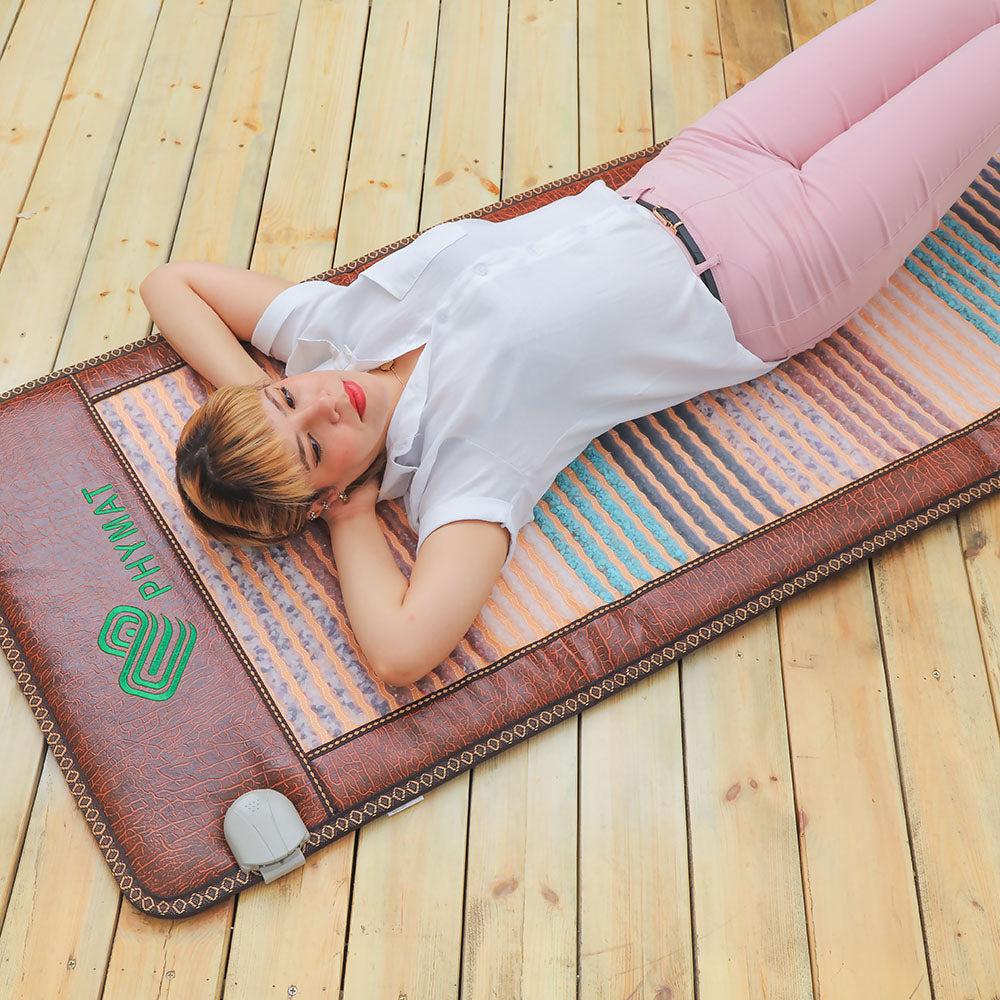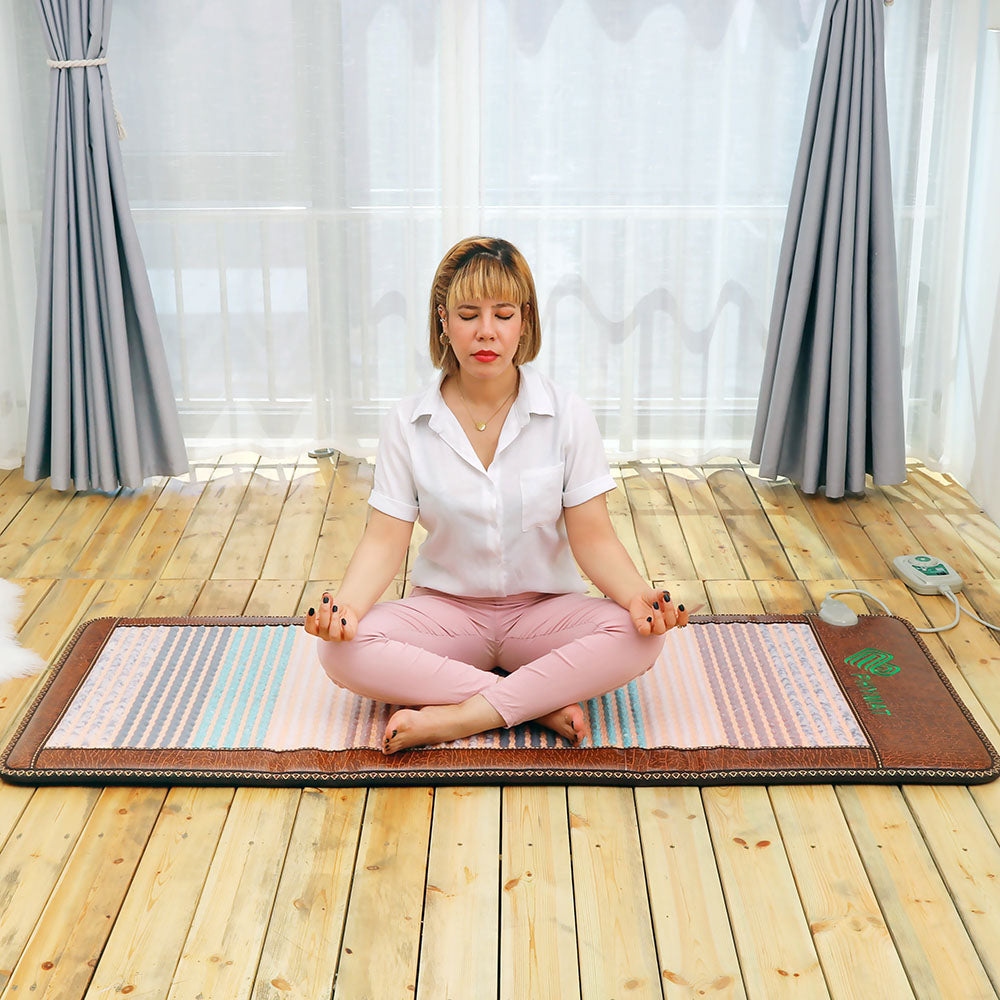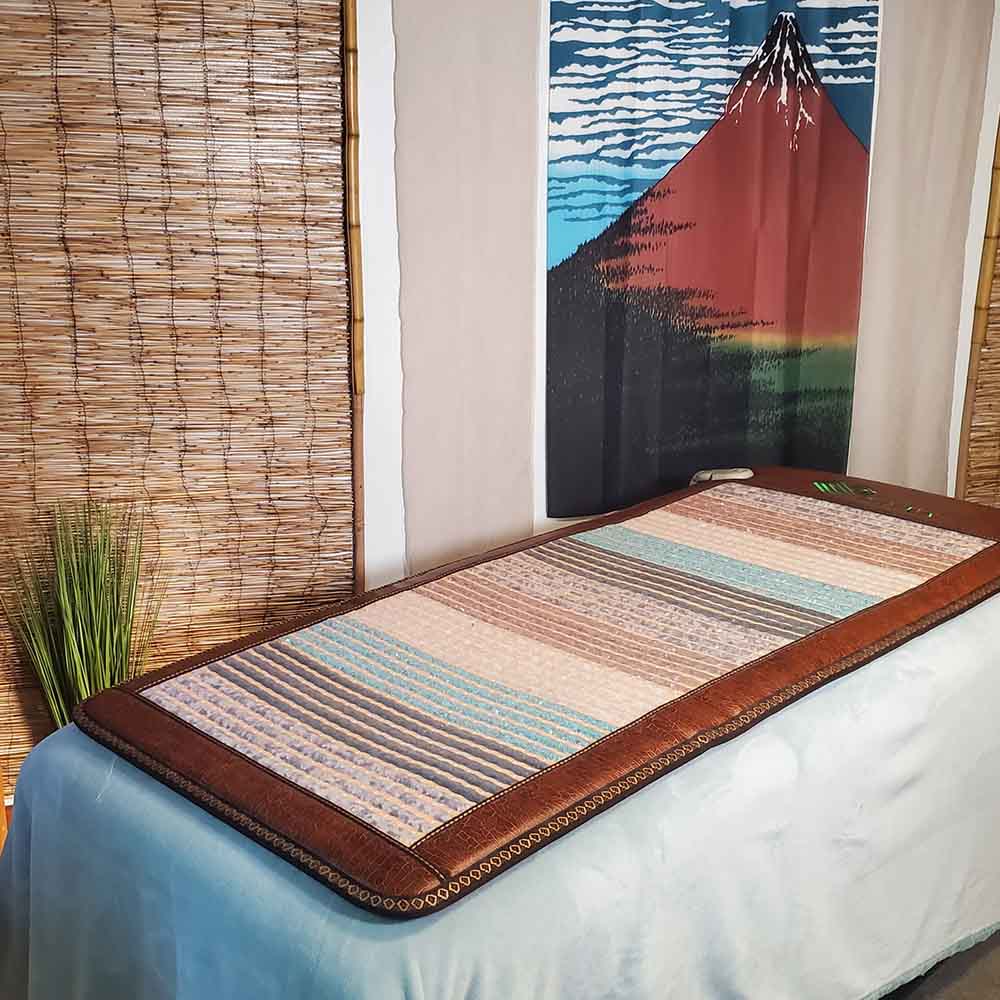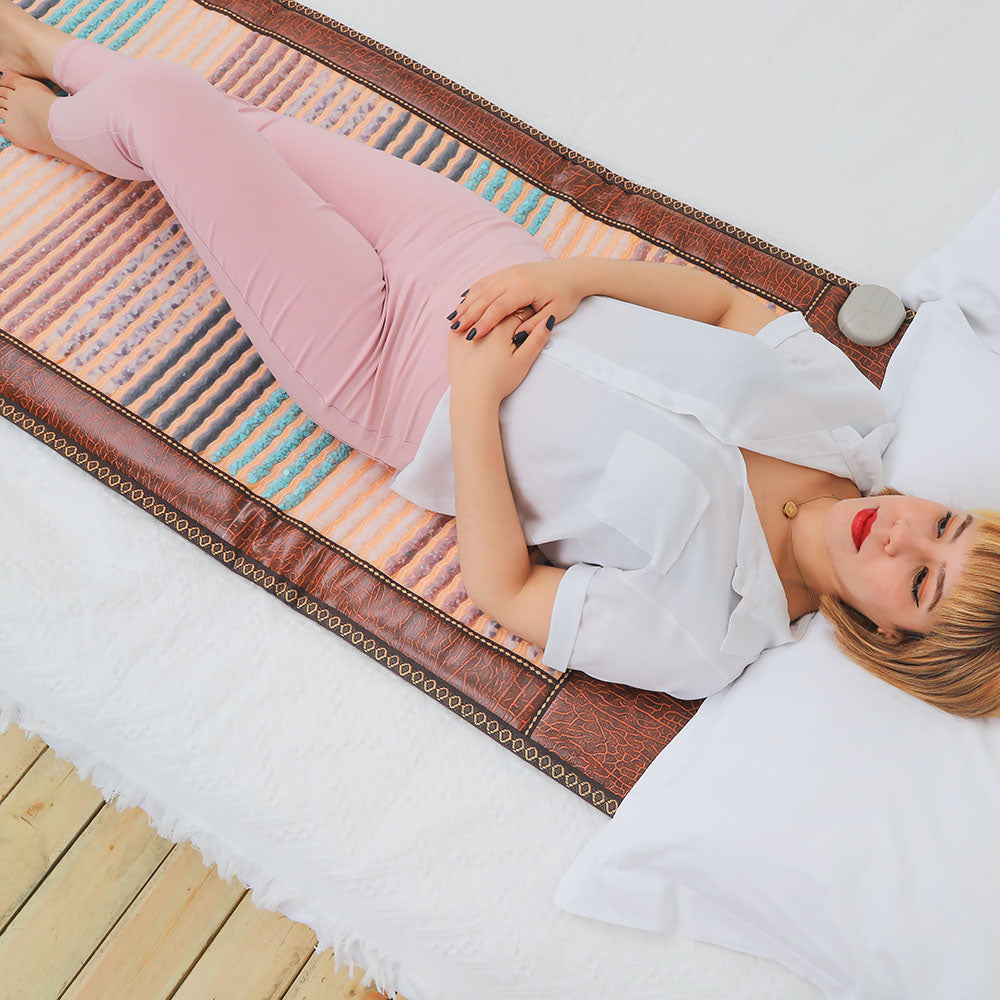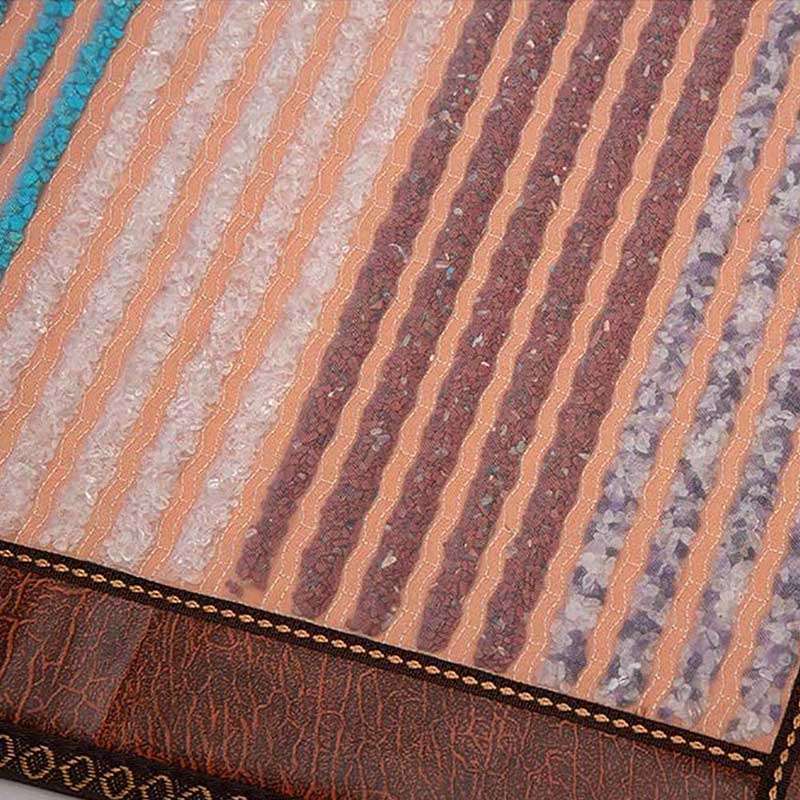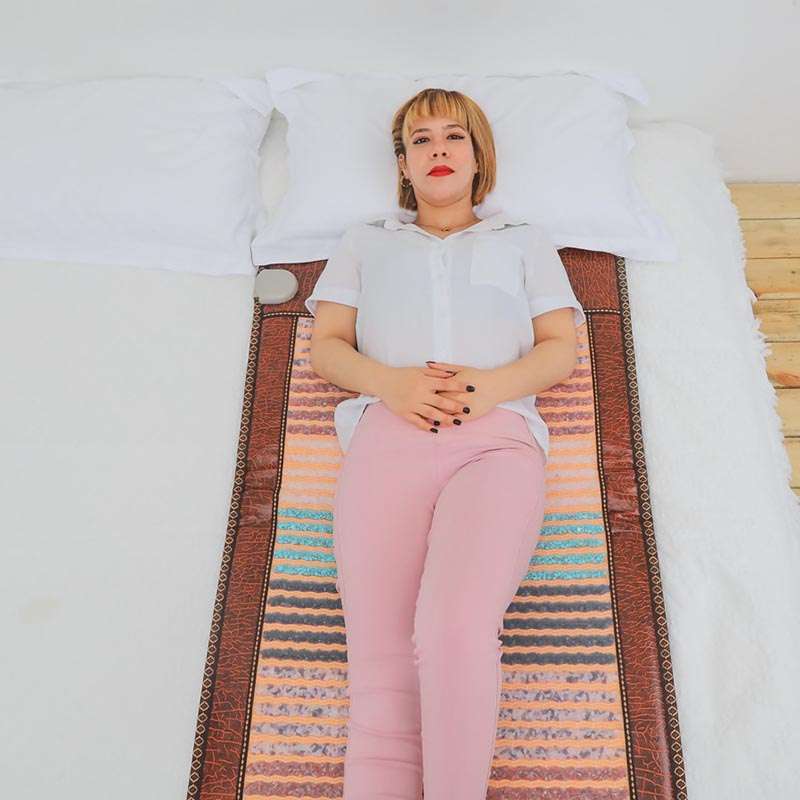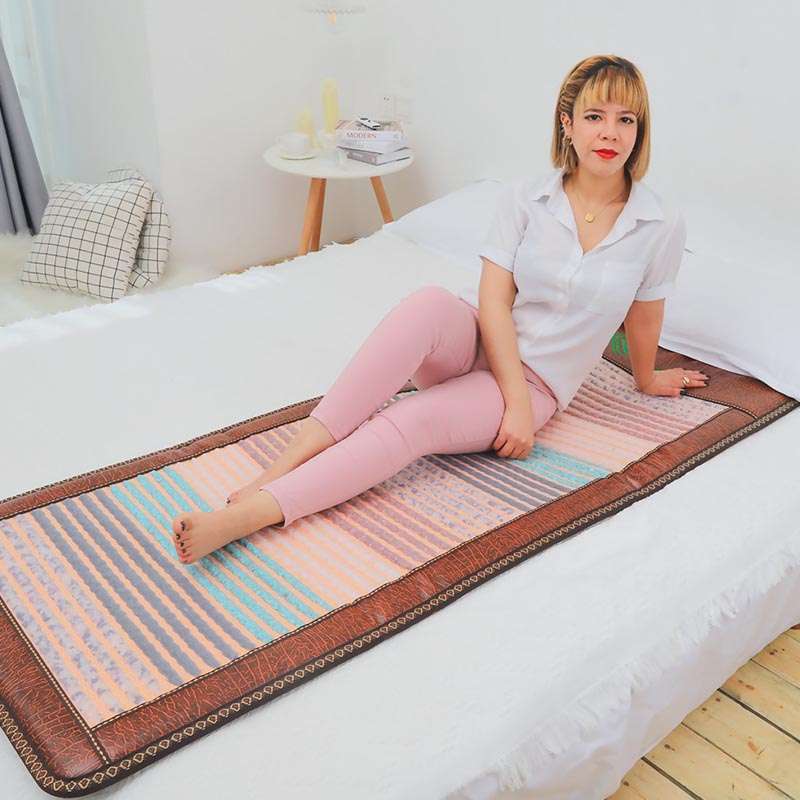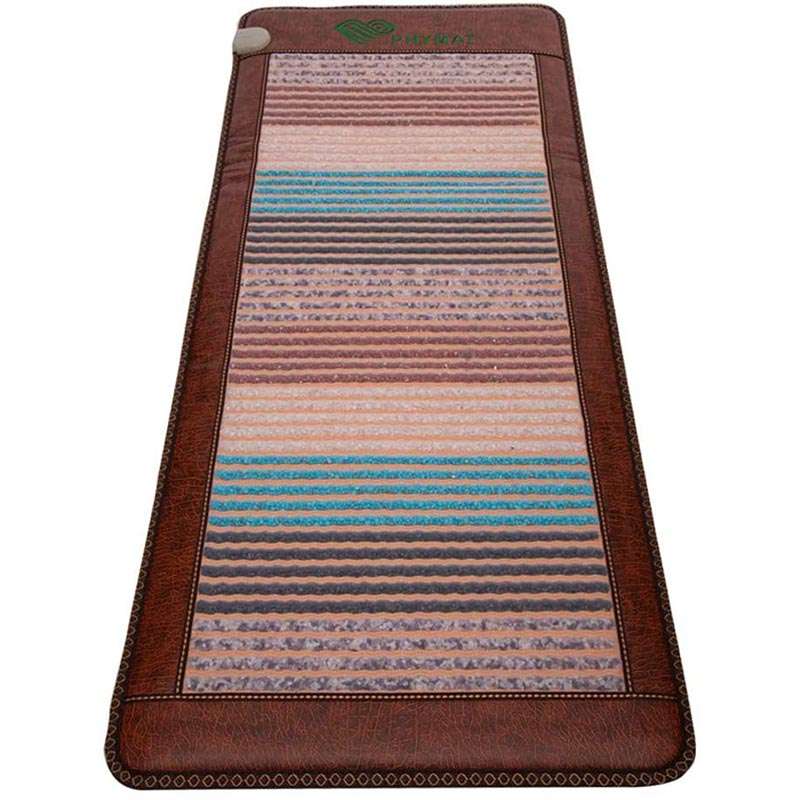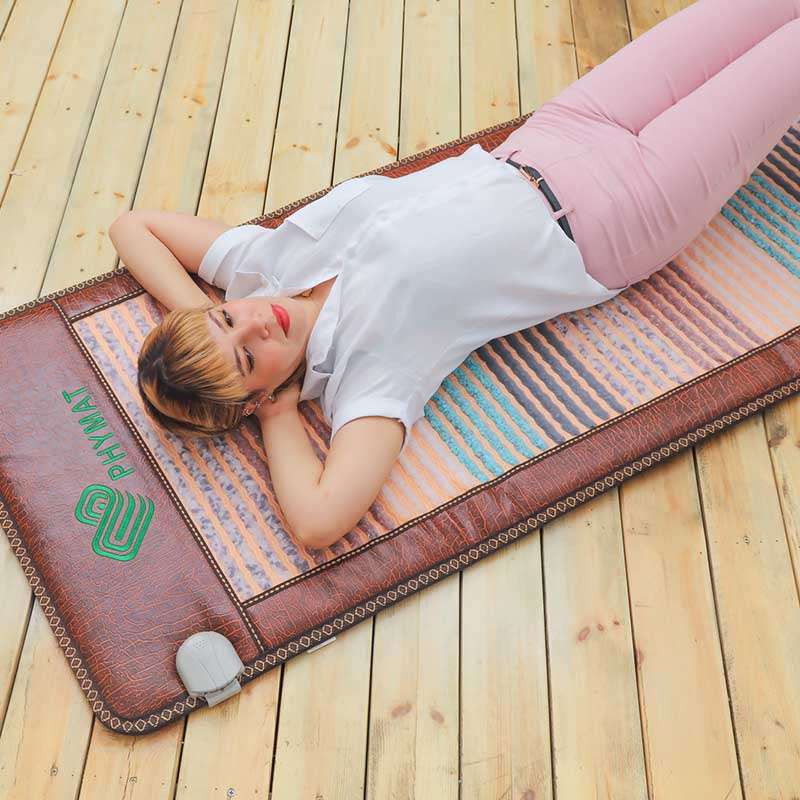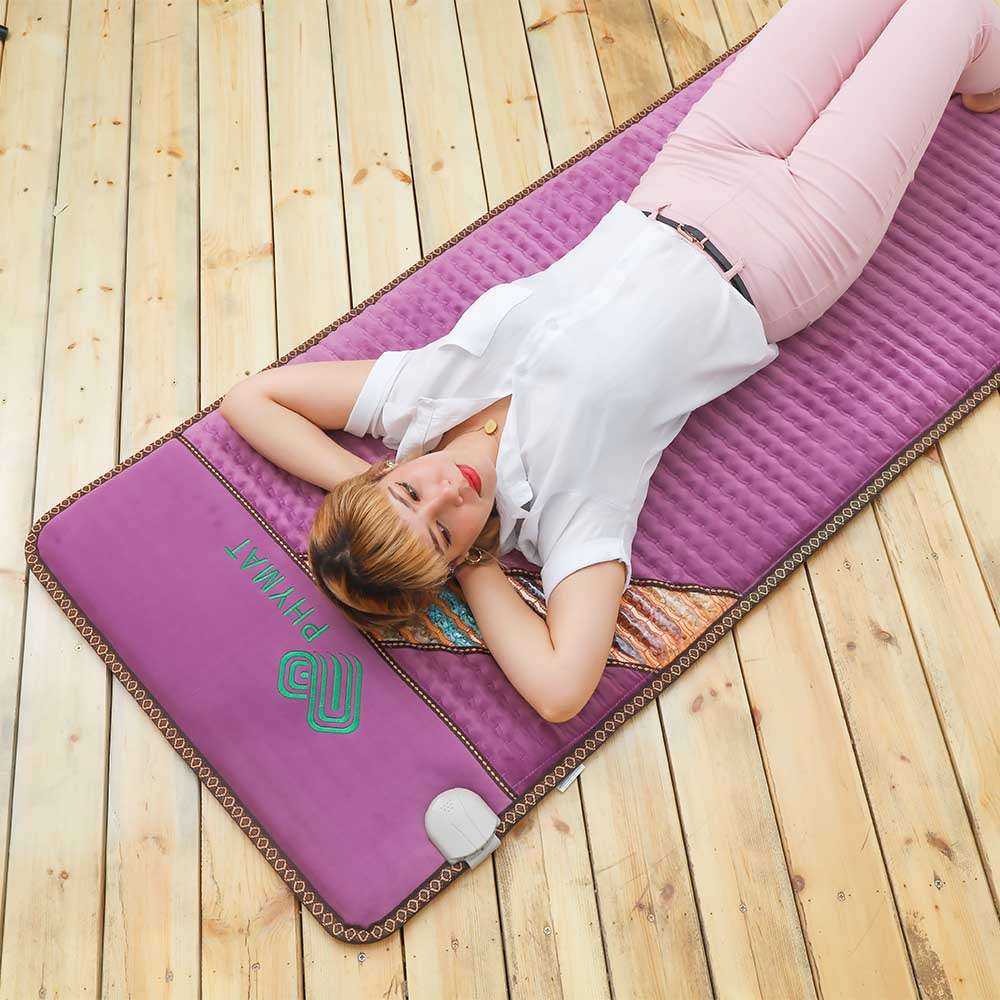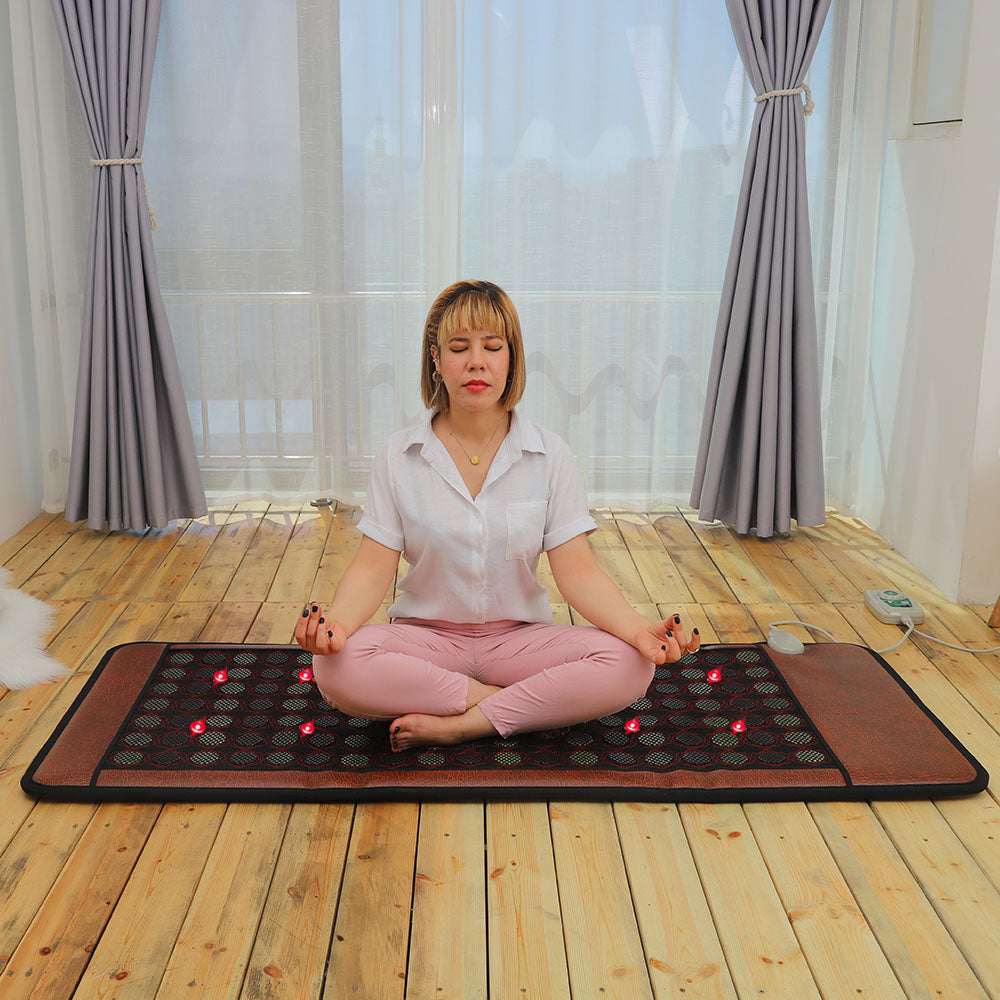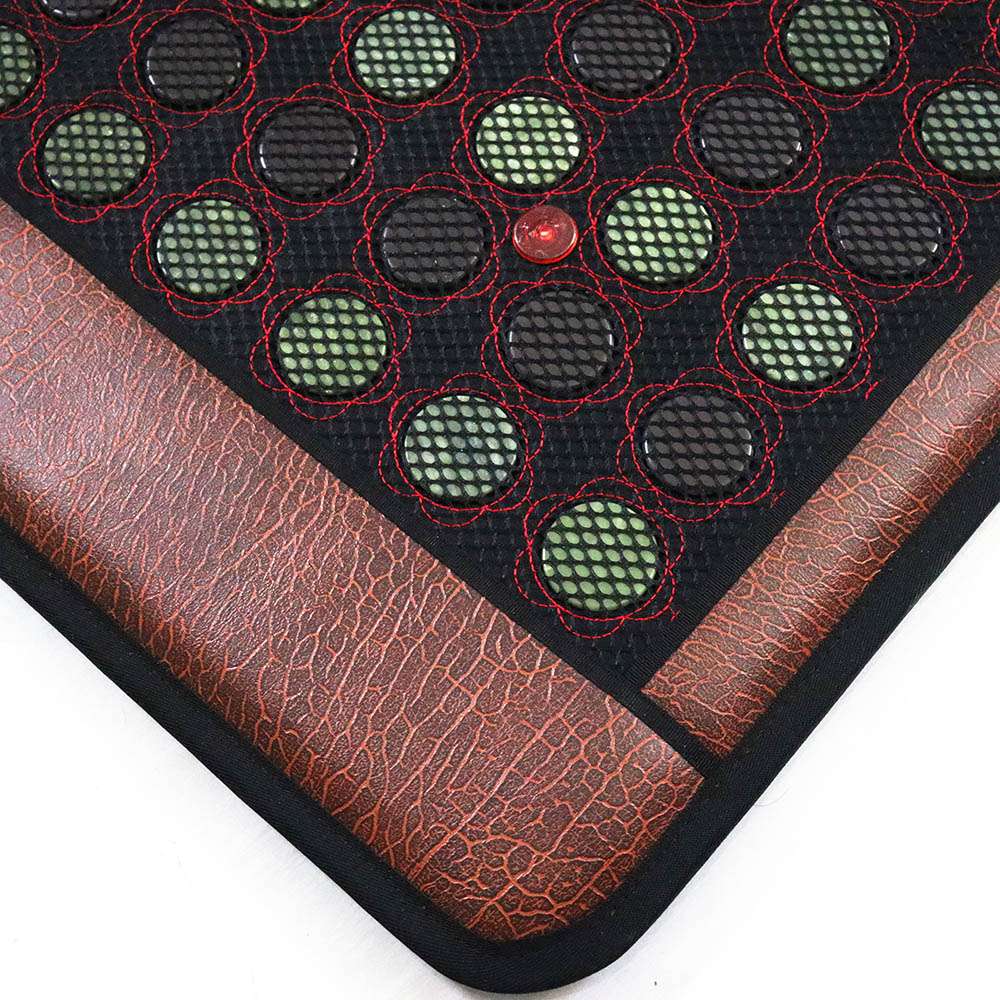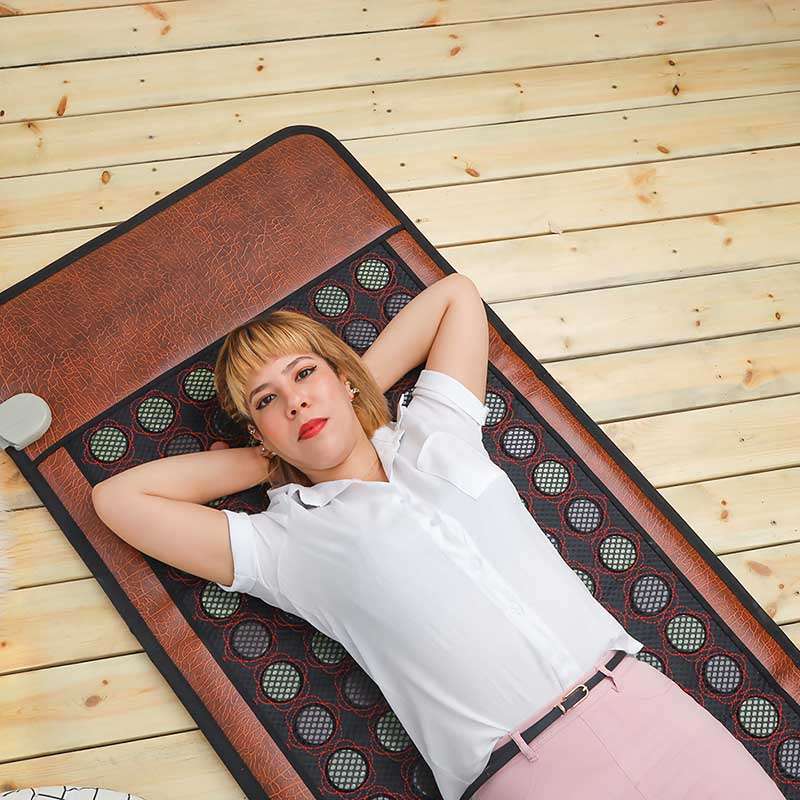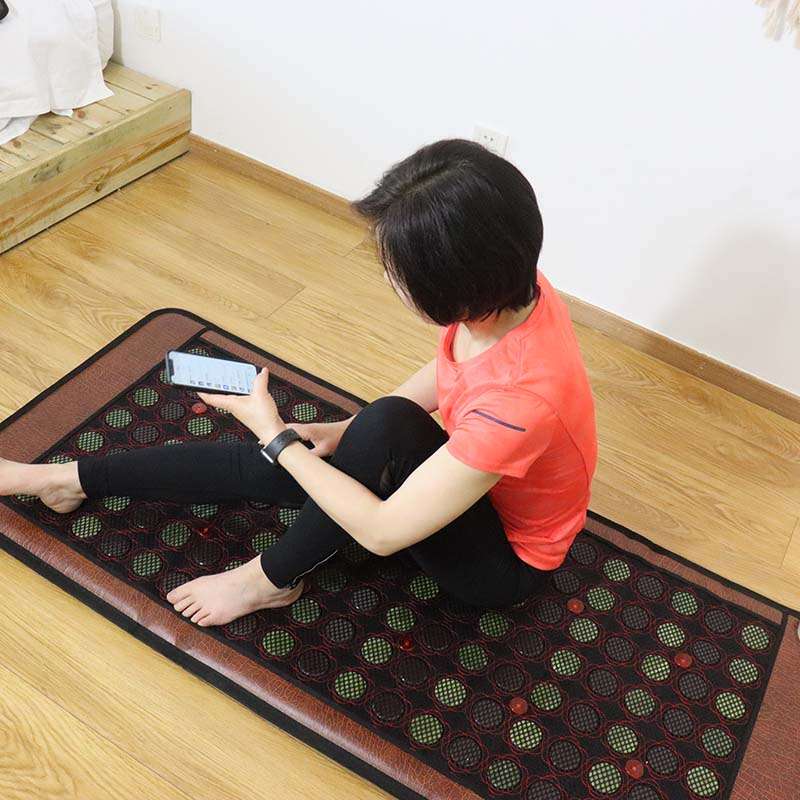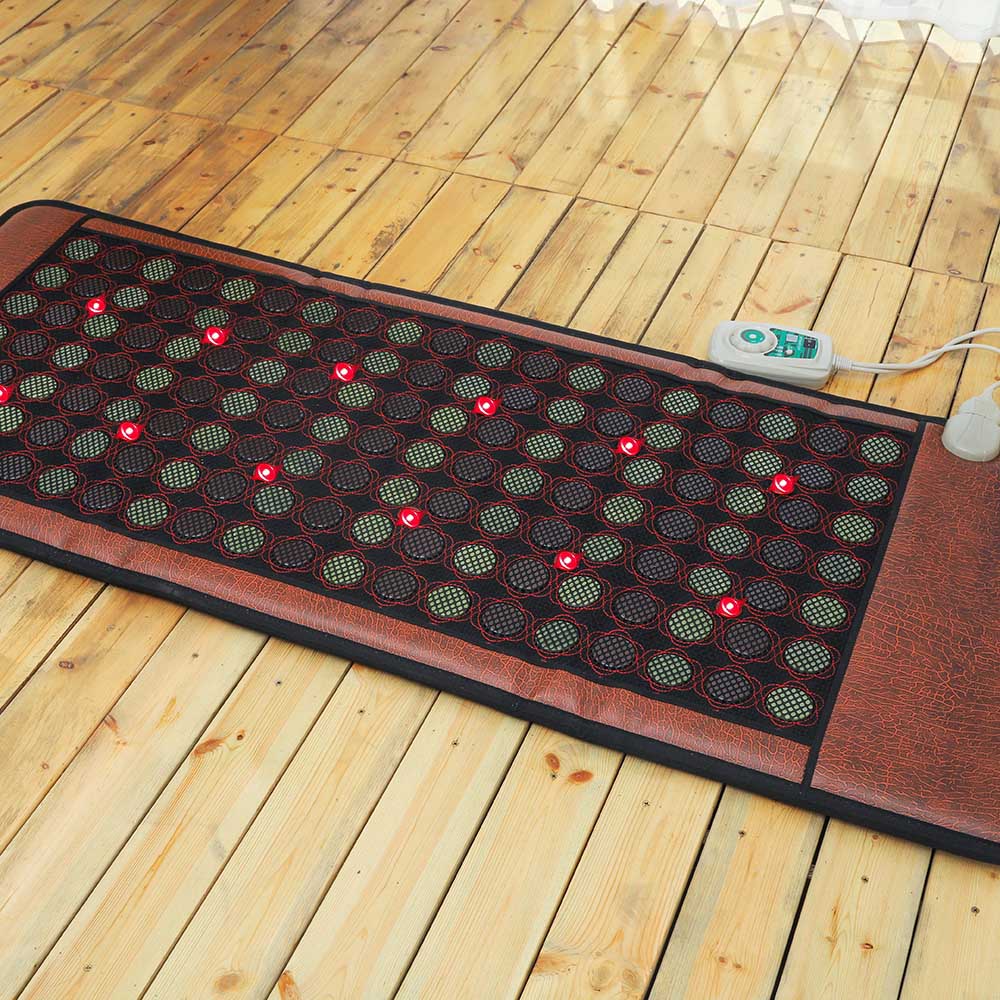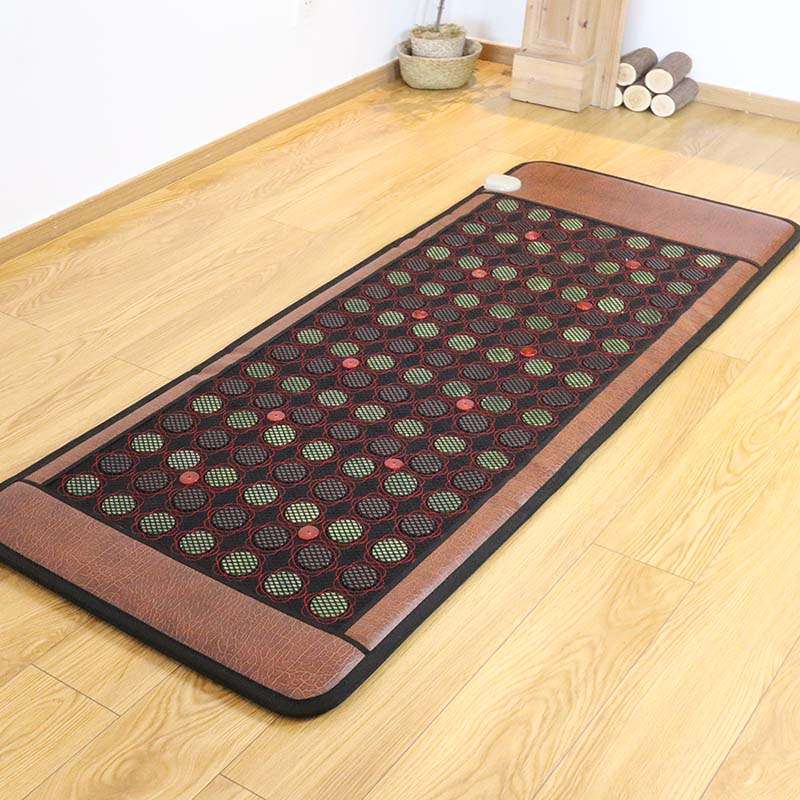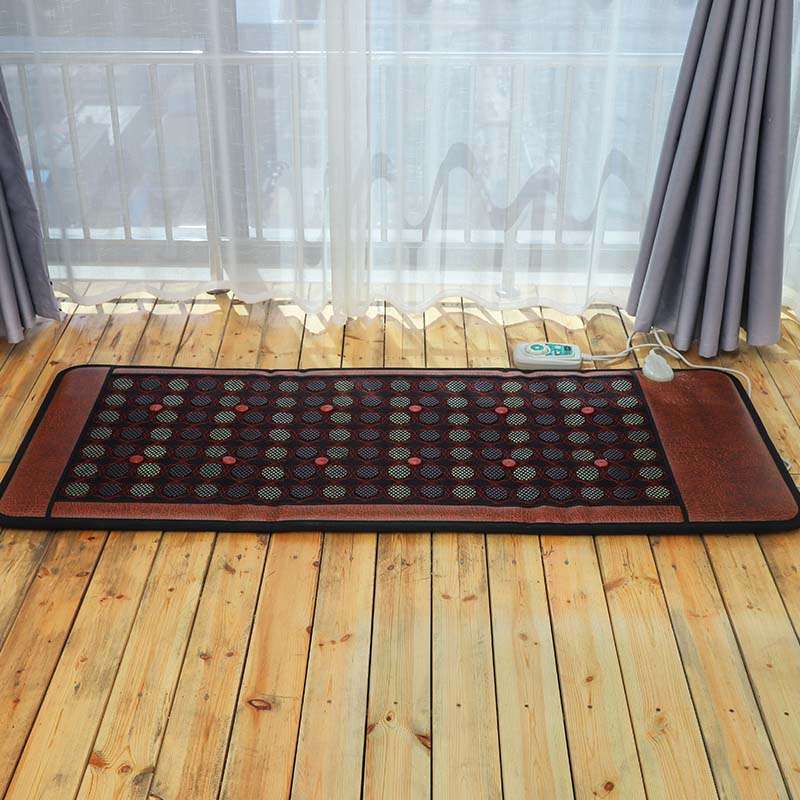Lower back pain is a common, painful condition affecting the lower portion of the spine. It can be caused by injury to a muscle strain or ligament sprain. Studies show that up to 80% of adults have back pain at some point in their lives, usually in the lower back.
What are the symptoms of lower back pain?
When you have lower back pain, you may feel uncomfortable sitting for too long, have a stiff lower back, uncomfortable bending over, and have lower back pain when you stand up.
- Lower back pain might be so intense that it hurts to make even the slightest movement.
- You might also have back stiffness, decreased range of motion, and difficulty standing straight.
- Lower back pain can spread down to the buttocks, thighs, and even the heels.
- Numbness, weakness, or loss of sensation in one or both legs
- Muscle spasms, muscles in the lower back can spasm or contract uncontrollably. Muscle spasms can cause extreme pain and make it difficult or impossible to stand, walk or move.
- In some cases, pain can make it difficult or impossible to walk, sleep, work or do everyday activities.
Acute or Chronic Lower Back Pain?
Acute, or short-term back pain lasts a few days to a few weeks. Sudden Acute low back pain is most often caused by a sudden injury to the muscles and ligaments supporting the back. The pain may be caused by muscle spasms or a strain or tear in the muscles and ligaments.
Chronic Lower Back Pain
Back pain is considered chronic if it lasts three months or longer. About 20 percent of people affected by acute low back pain develop chronic low back pain with persistent symptoms at one year. Even if pain persists, it does not always mean there is a medically serious underlying cause or one that can be easily identified and treated. It can come and go, often bringing temporary relief, followed by frustration. Dealing with chronic back pain can be especially trying if you don’t know the cause.

Common Causes of Chronic Back Pain
Chronic back pain is usually age-related, but can also result from a prior injury. The most common causes include:
- Arthritis of the spine —the gradual thinning of the cartilage inside the spine.
- Spinal stenosis —narrowing of the spinal canal that may lead to nerve pain.
- Disc problems, such as a herniated or bulging disc.
- Myofascial pain syndrome—unexplained muscle pain and tenderness.
In some cases, it’s difficult to pinpoint the cause of chronic back pain. If your doctor has exhausted all diagnostic options, it’s time to seek a second opinion from a back pain specialist.
Sudden or severe back pain should be checked by a doctor or a physical therapist. That also goes for pain that won’t go away.
In most cases, the best move is to wait and see if the pain resolves on its own. If the pain does not improve after three to four days, then it’s time to see a doctor.
However, depending on the source of your back pain and its severity, you might try a few home remedies for low back pain to help ease the pain until your back returns to normal. Here are several options to consider:
Home Remedies for Lower Back Pain
1. Cold and heat therapies
Heat and cold therapy are beneficial either as primary or adjunctive therapy. Cold may provide a numbing effect for sudden, intense back pain. While a heating pad can soothe an achy back, stimulating blood circulation in your lower back, which enables healing.

Acute back pain relief:
- Use cold first and then apply heat for acute back pain.
- It’s best to use an ice pack or cold compresses, not heat, immediately following a back injury, since this can alleviate pain by numbing the area and preventing or reducing swelling & inflammation.
- Once the inflammation has subsided, change to use heat therapy. That is about 48 hours after the onset of back pain, though, applying heating pads or a hot-water bottle to your back may be helpful. The warmth soothes and relaxes aching muscles and increases blood flow in your back, which in turn bring nutrients to the injured tissues.
It is also advised to continue using heat therapy intermittently for several hours or days in order to improve tissue healing and prevent the recurrence of pain.
Remedies for chronic lower back pain
If you have subacute or chronic back pain (more than a 4-week duration), apply heat therapy using a medium that provides constant warmth.
- Try continuous, low-level heat for subacute or chronic back pain.
- Keep the warming or heated blanket wrapped up around your lower back.
- Lying on a far infrared heating mat or just putting it on your back for sufficient time to penetrate deep into the tissues.
- Use a commercial adhesive wrap that sticks to the lower back and provides several hours of low-level heat
- When using continuous low-level heat, make sure to follow the package instructions carefully to prevent skin damage.
These approaches provide closed heat to the lower back, stimulating and encouraging healing.
A person should follow instructions carefully to avoid burns or scalds from the heat pad. Heat pads can supply immediate relief.
Far infrared heating mat, belts, or wraps
Far infrared radiation is a novel approach to heat therapy. Crystals and stones within the products are heated through electrical means and then emit far infrared heat deep into the muscles. Far infrared products typically have adjustable temperature settings and automatic timers, similar to traditional electrical heating products.
Heating Pad for Back Pain

Sleeping heating pad on your back

Small Infrared Heating Pad for Lower Back
Heating Belt for Lower Back Pain
PHYMAT Heating Belt for Lower Back Pain
The use of crystals and stones allows for a more controlled transfer of heat, such that the heating mat is not hot to the touch or likely to burn the skin. The stones typically take 10 to 15 minutes to heat to the desired temperature and remain at the temperature until the product is unplugged. These products can be quite expensive and tend to last for several years. Far infrared heating mats are slow to raise the body temperature and may be suitable for people who are sensitive to heat.
2. Yoga to Help Relieve Lower Back Pain
“Yoga is great for working on flexibility and core stability, correcting posture, and breathing—all of which are necessary for a healthy back,” Sasha Cyrelson, P.T., D.P.T., O.C.S., clinical director at Professional Physical Therapy in Sicklerville, New Jersey, tells SELF.

Yoga involves slow, controlled movements to stretch and strengthen the body. This exercise form also promotes stress relief, which can help reduce the tension you may commonly hold in your lower back. Doing some gentle stretches can help you build both strength and mobility, both of which play a role in reducing low back pain.
Stretching to relieve lower back pain relief, try choosing five or six from the list below as a flow, and plan on holding each pose for 10 seconds to one minute, making sure to take deep breaths throughout the hold.
- Child’s Pose
- Cat and Cow
- Downward-Facing Dog
- Standing Forward Bend
- Sphinx Pose
- Knees to Chest With Slow Rock
- Reclined Pigeon Pose
- Reclined Supine Twist
- Upward-Facing Dog
- Crescent Lunge
- Plank
- Thread the Needle
- Happy Baby
3. Try massage
Massage may offer short-term benefits for lower back pain. Soft tissue massage can involve kneading, friction, gliding, vibration, or percussion techniques. A person may use massage in conjunction with other treatments.
Soft tissue manipulation encourages mental and physical relaxation through the release of endorphins. Manipulation may involve hands or a mechanical device.
There are few risks or adverse effects when using massage — however, a person should not receive massage if they have:
- a skin infection or severe inflammation
- a burn
- any non healed fractures
- an active cancer tumor site
- deep vein thrombosis
Complementary Therapies
Several types of complementary therapy may be helpful for relief from low back pain. These include:
- Acupuncture, in which therapists insert hair-thin sterilized needles into precise points in the body to release blocked energy.
- Spinal manipulation, in which chiropractors apply pressure directly to the body to correct spinal alignment.
- Therapeutic massage to relax aching muscles.
- Movement therapies, such as yoga and tai chi, can help stretch and strengthen back muscles.
Although the evidence is mixed about whether these therapies are effective, when they do work, it is often when they are combined with other home remedies for low back pain.

